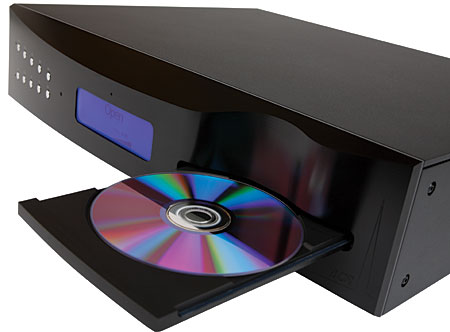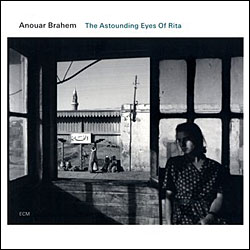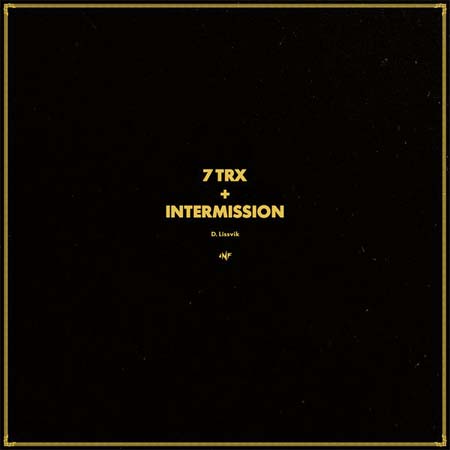Best Jazz of the Year (and the Decade)
My annual piece on the Best Jazz Albums of the Year appears in today’s edition of <I>Slate</I> (for which I write a regular column, though usually on foreign and military policy). This time, I also drew up two lists of the Best Jazz Albums of the Decade—one for new recordings, the other for previously unreleased historical recordings (treasure troves of which were excavated this past 10 years). Readers of this blog may recall reading about most of these albums in this space.







